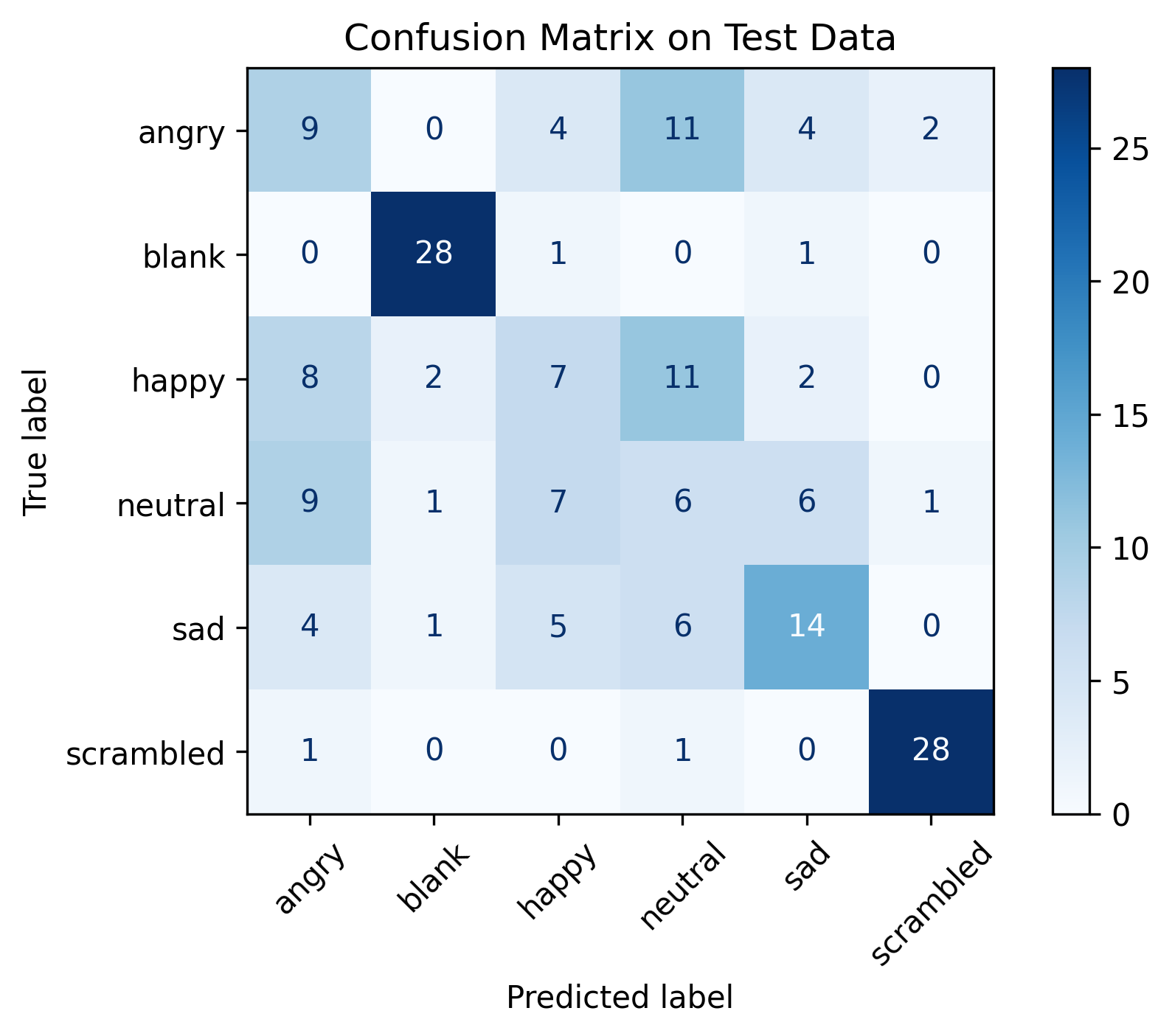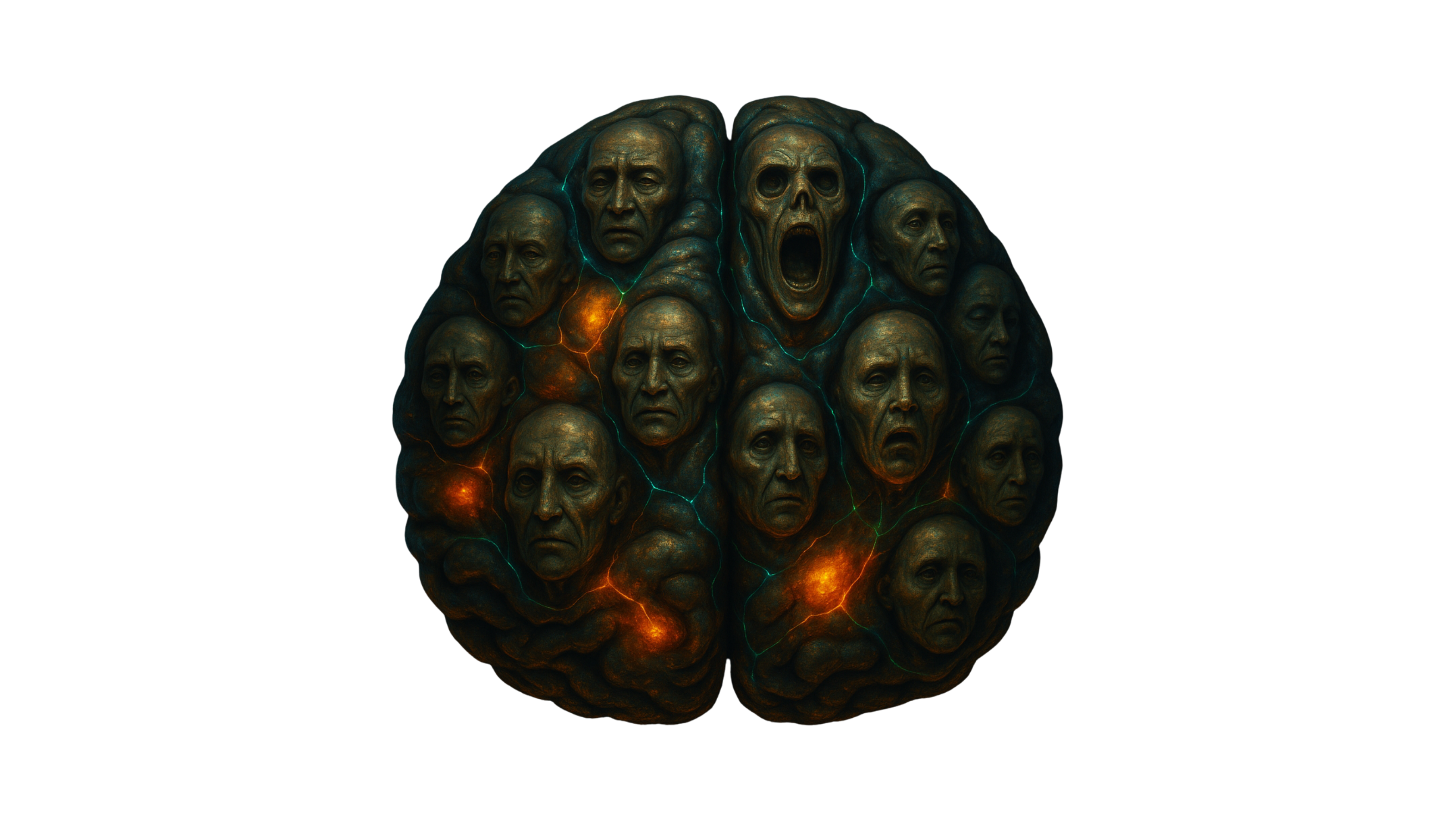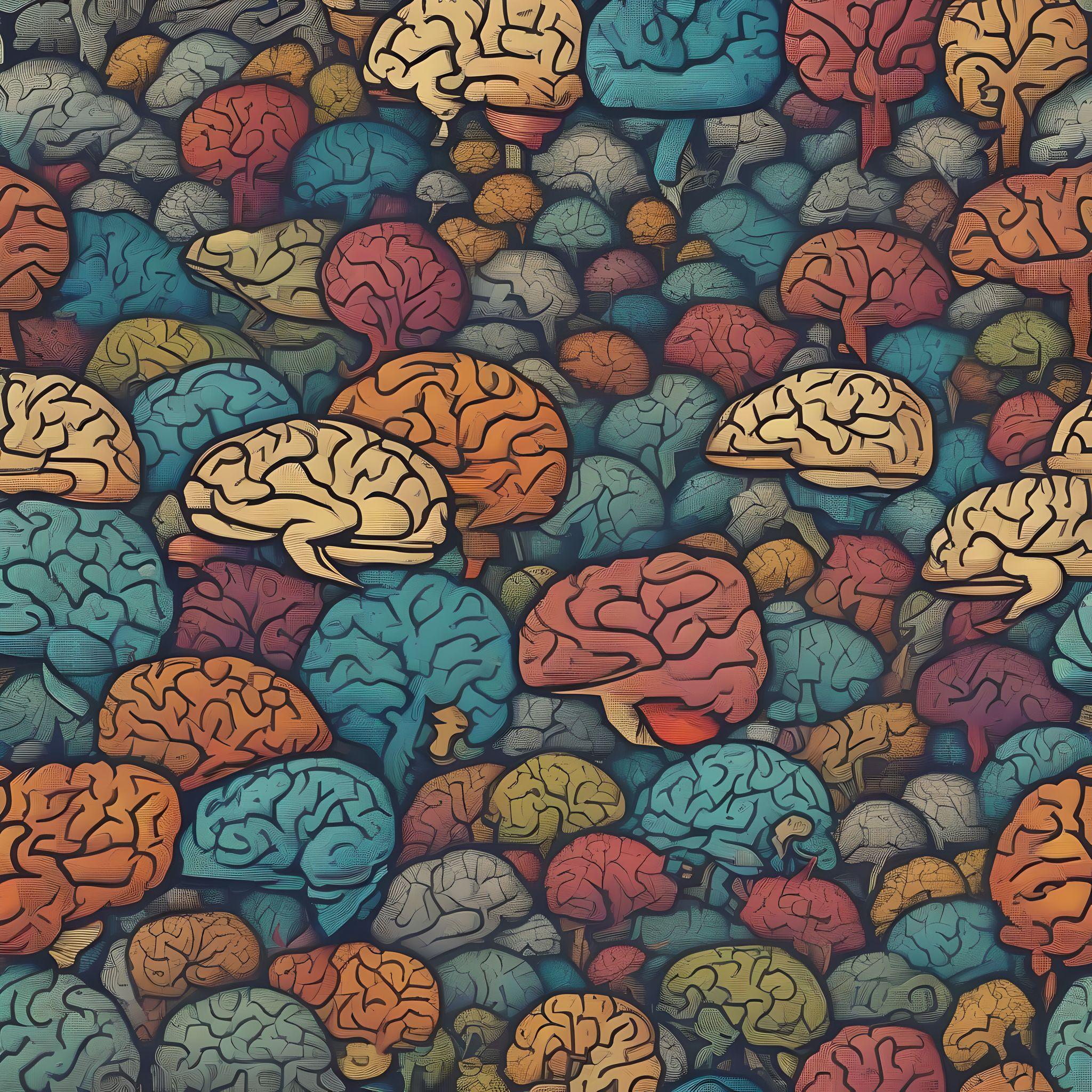
Decoding Perceived Emotion from BOLD data using Machine Learning
By Muhammad Shahir Adha
Published on June 12, 2025
June 12, 2025

Project definition
Background
Understanding how the brain processes emotions is a central challenge in cognitive neuroscience. Functional Magnetic Resonance Imaging (fMRI) allows researchers to non-invasively measure brain activity during emotional tasks, but traditional univariate methods often miss the distributed nature of neural representations.
This project uses multivariate pattern analysis (MVPA) to decode emotional states from fMRI data in the OpenNeuro dataset ds003548. Participants viewed emotional and non-emotional face stimuli across several runs. Smoothed, denoised BOLD images were used to extract region-wise average signals based on the MIST 64-region functional atlas. A linear Support Vector Machine (SVM) was trained to classify six conditions: happy, sad, angry, neutral, scrambled, and dim. This approach demonstrates how machine learning can reveal distributed emotion-related patterns in the brain.
Tools
The project will rely on the following technologies:
- Python: nibabel, pandas, numpy, scikit-learn, nilearn, matplotlib
- Adding the project to the website relies on github, through pull requests.
Data
This project uses publicly available fMRI data from the OpenNeuro dataset ds003548, titled “Emotion Category and Face Perception Task Optimized for Multivariate Pattern Analysis”. The dataset includes BOLD fMRI scans from participants viewing emotional and non-emotional face stimuli across multiple runs.
Preprocessing was performed using fMRIPrep, and the analysis uses smoothed, denoised BOLD images in MNI space. Task condition labels were extracted from events.tsv files, and brain activity was summarized using the MIST 64-region functional atlas.
Deliverables
At the end of this project, we will have:
- The current markdown document, completed and revised.
- Model test accuracy results and confusion matrix
- Jupyter notebook code
Results
Progress overview
This project was developed as part of BrainHack School 2025. I adapted material from the tutorials to perform emotion classification using fMRI data from the OpenNeuro ds003548 dataset. The pipeline includes data loading, ROI-based feature extraction, and machine learning classification using a linear SVM. The process was straightforward, and community feedback may help refine future iterations.
Tools I learned during this project
- fMRI analysis I learned how to work with BIDS-formatted fMRI data, use nibabel and nilearn to load and process brain images, and apply ROI-based feature extraction using the MIST 64 atlas.
- Machine Learning for Neuroimaging I applied scikit-learn to perform classification using a linear SVM, using cross-validation strategies suited for subject-level generalization.
- GitHub & Collaboration I practiced using GitHub for project version control and learned how to structure a project for reproducibility and collaboration.
Results
Deliverable 1: Jupyter Notebook code
A Jupyter notebook containing my entire project pipeline, with additional exploratory analyses, is included in the repository.
Deliverable 2: project results
The model achieved an overall accuracy of 51.5% on the test data. It model performs very well in identifying control conditions like Blank and Scrambled images, with over 90% accuracy. However, the model struggles more with the emotional categories. For example, Angry is correctly classified only 30% of the time, Happy 23%, Neutral 20%, and Sad performs somewhat better at 47%. These lower accuracies likely reflect the more subtle and overlapping neural signatures of emotions, making them more challenging to distinguish.
Conclusion and acknowledgement
This project highlights the applications of MVPA on neuroimaging data to predict perceived emotion. Thanks to all Brainhack School collaborators from NTU SG and NTU TW for the wonderful learning opportunity!

